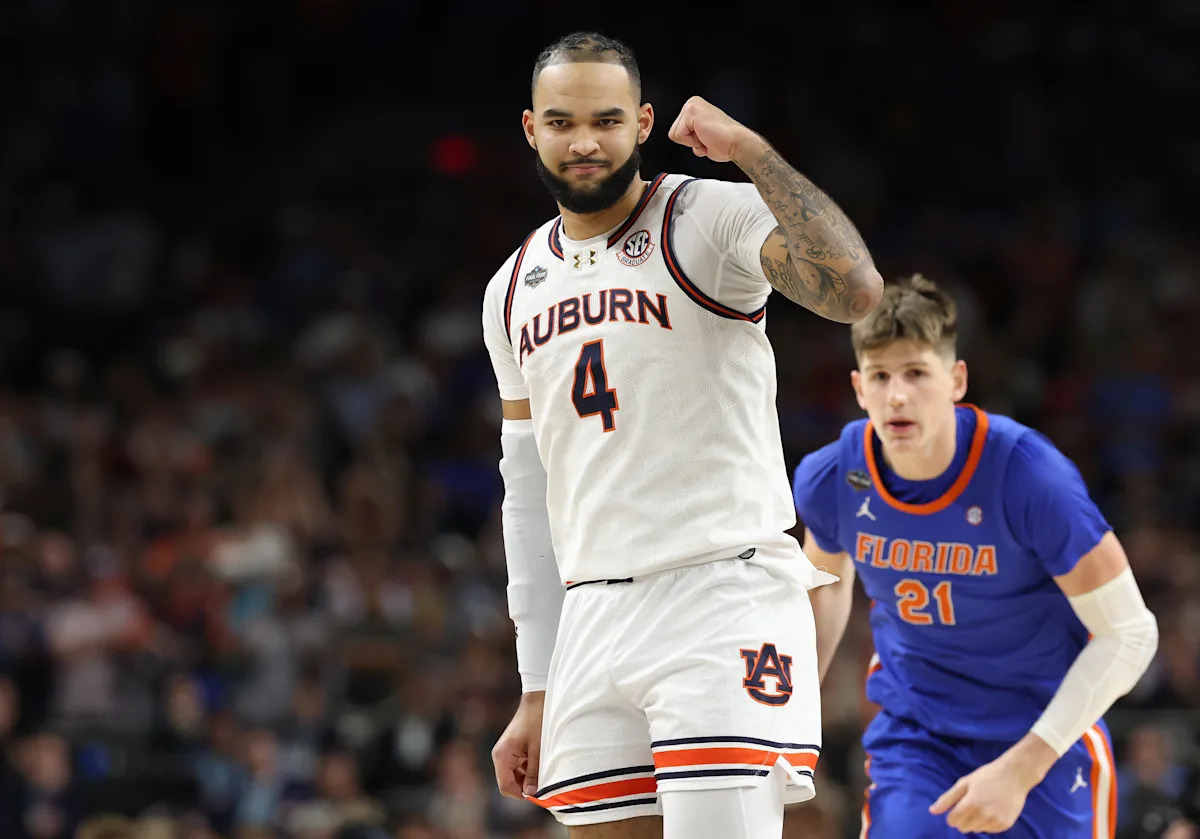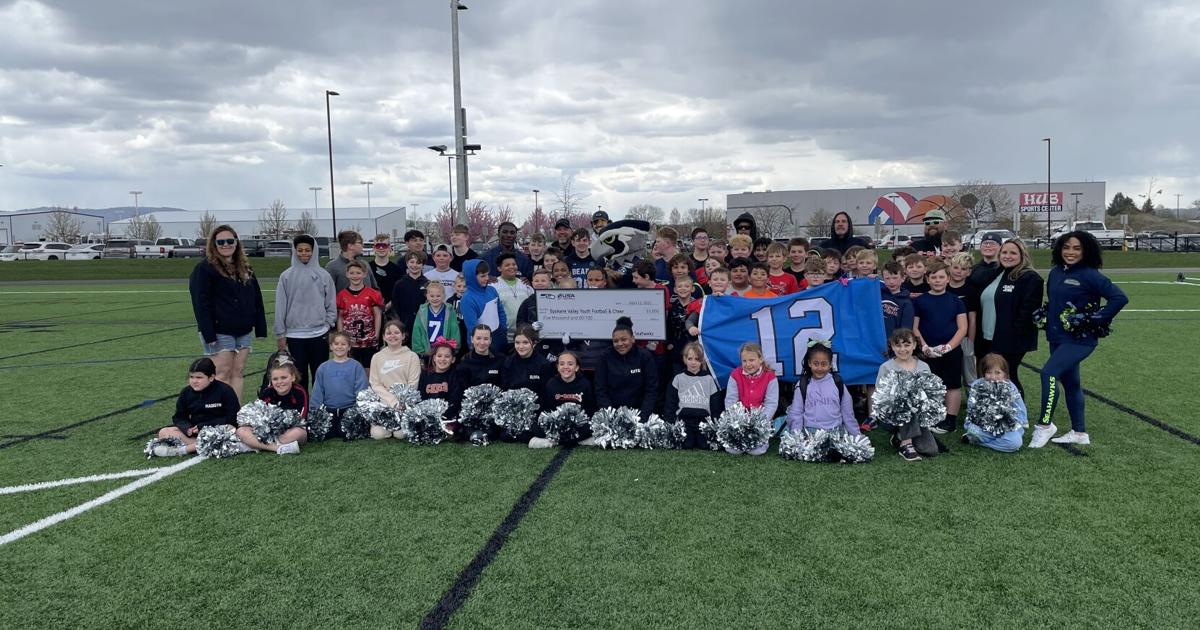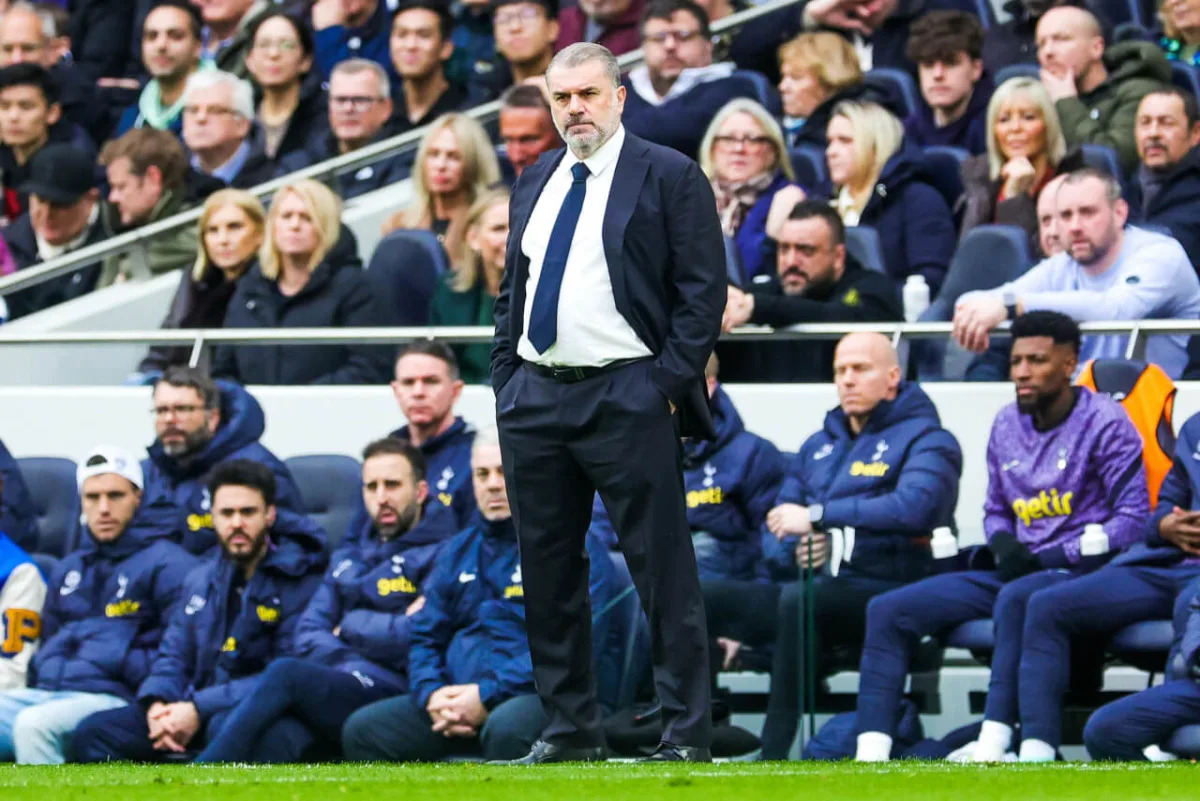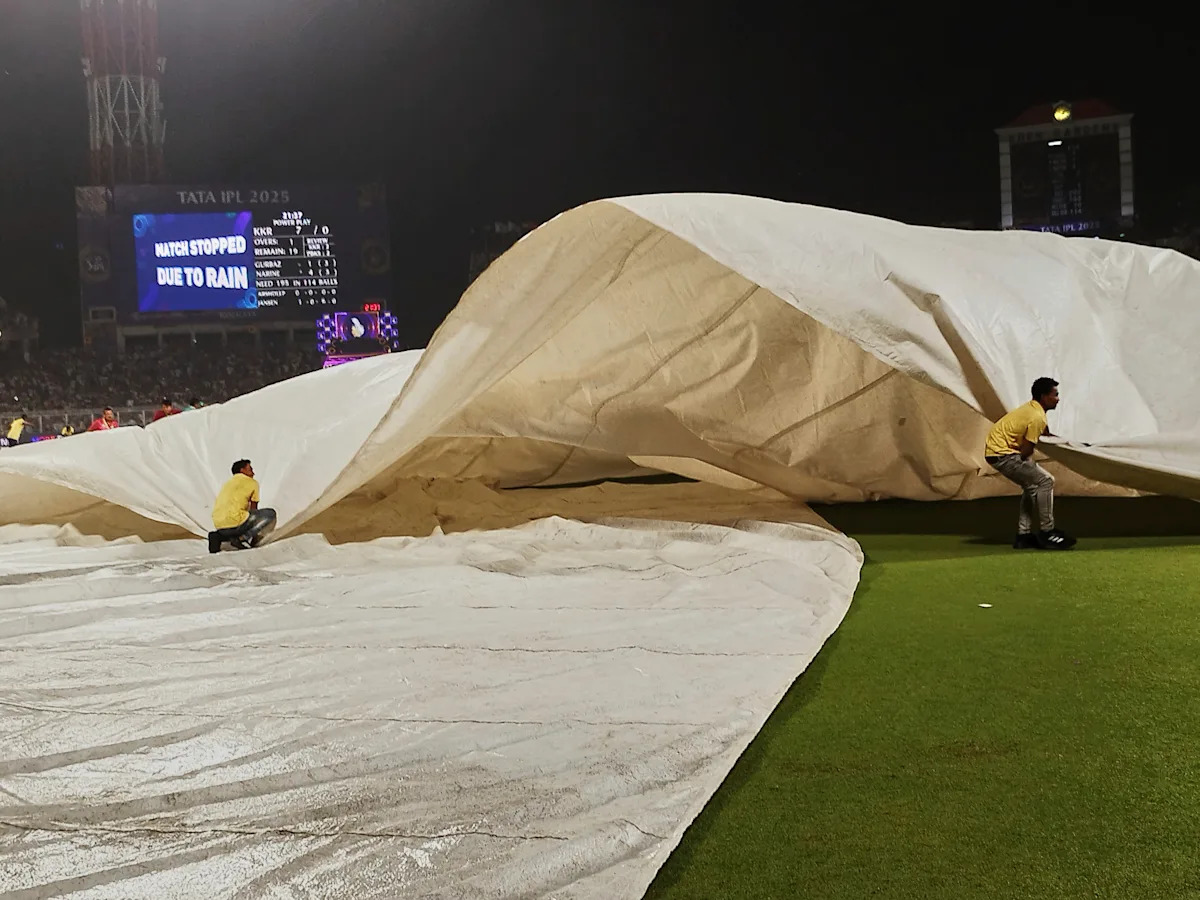Breaking: The Hidden Athletic Gender Gap - Why Women's Knees Are More Vulnerable on the Field
Sports
2025-03-26 20:29:38Content

In the world of sports, a silent epidemic has been quietly affecting female athletes: anterior cruciate ligament (ACL) injuries. These devastating knee injuries are significantly more common among women, and Dr. Christina Allen from Yale Sports Medicine is shedding light on this critical issue.
The statistics are striking. Female athletes are up to eight times more likely to tear their ACL compared to their male counterparts, a disparity that has long puzzled sports medicine experts. Dr. Allen explains that this isn't just about physical strength, but a complex interplay of anatomical, hormonal, and biomechanical factors.
Anatomically, women have wider hips and a narrower intercondylar notch in the knee, which can create additional stress on the ACL during athletic movements. Hormonal fluctuations, particularly estrogen, can also affect ligament laxity, making the knee joint more vulnerable to injury.
But it's not just biology at play. Movement patterns are crucial. Women tend to land and pivot differently than men, often with less knee bend and more inward knee rotation. These subtle differences can dramatically increase injury risk during sports like soccer, basketball, and skiing.
The good news? Targeted prevention programs focusing on neuromuscular training, strength conditioning, and proper landing techniques can significantly reduce ACL injury rates. Dr. Allen emphasizes that awareness and proactive training are key to protecting female athletes.
As sports continue to evolve, understanding and addressing these gender-specific injury risks becomes increasingly important, ensuring that female athletes can perform at their best while minimizing potential long-term health consequences.
Unraveling the Gender Gap: Why Women Face Higher ACL Injury Risks in Sports
In the dynamic world of sports medicine, a critical conversation has emerged surrounding the disproportionate rate of anterior cruciate ligament (ACL) injuries among female athletes. This complex physiological phenomenon has captured the attention of medical professionals, sports researchers, and athletes alike, highlighting the intricate interplay between biomechanics, hormonal influences, and anatomical differences that contribute to increased vulnerability.Breaking the Silence: Understanding Female Athletic Vulnerability
Anatomical Foundations of ACL Vulnerability
The human knee represents a marvel of biomechanical engineering, yet for female athletes, it harbors unique structural challenges. Women's anatomical configuration differs significantly from men's, with narrower intercondylar notches and more pronounced Q-angles that create inherent biomechanical stress points. These subtle structural variations dramatically increase the likelihood of ligament strain during dynamic athletic movements. Biomechanical research reveals that female athletes typically demonstrate different movement patterns compared to their male counterparts. Landing mechanics, pivoting techniques, and muscular recruitment strategies often expose the knee to increased rotational forces, placing extraordinary tension on the anterior cruciate ligament. The intricate neuromuscular control mechanisms that stabilize joints appear more complex and potentially less efficient in female athletes.Hormonal Dynamics and Ligament Stability
Hormonal fluctuations play a profound role in ligament elasticity and structural integrity. Estrogen and progesterone levels significantly influence collagen metabolism, potentially rendering ligament tissues more susceptible to stretching and micro-tears. During specific phases of the menstrual cycle, hormonal shifts can compromise ligament strength, creating windows of increased vulnerability. Cutting-edge research suggests that hormonal contraceptives might modulate these risks, potentially providing a protective mechanism against ligament laxity. However, the relationship remains nuanced, with ongoing studies exploring the complex interactions between reproductive hormones and connective tissue resilience.Neuromuscular Training and Preventative Strategies
Addressing ACL injury risks requires a multifaceted approach centered on neuromuscular conditioning and targeted intervention strategies. Advanced training protocols now emphasize proprioceptive awareness, teaching athletes sophisticated movement patterns that distribute biomechanical stress more effectively. Specialized strength training programs focusing on core stability, hip musculature, and landing mechanics have demonstrated remarkable potential in mitigating injury risks. By enhancing muscular coordination and developing more sophisticated movement intelligence, female athletes can significantly reduce their susceptibility to devastating knee injuries.Technological Innovations in Injury Prevention
Emerging technologies are revolutionizing our understanding of athletic biomechanics. Advanced motion capture systems, three-dimensional imaging techniques, and artificial intelligence-driven analysis provide unprecedented insights into movement patterns and potential injury mechanisms. Wearable sensors and real-time biomechanical monitoring tools enable coaches and medical professionals to identify subtle movement inefficiencies before they escalate into serious injuries. These technological interventions represent a paradigm shift in proactive sports medicine, transforming injury prevention from reactive treatment to predictive management.Psychological Dimensions of Athletic Resilience
Beyond physical considerations, the psychological landscape surrounding ACL injuries profoundly impacts athlete recovery and performance. The emotional toll of potential career-interrupting injuries creates complex psychological challenges that extend far beyond immediate physical rehabilitation. Comprehensive support systems integrating sports psychology, rehabilitation specialists, and personalized recovery protocols are emerging as critical components in holistic athlete care. Understanding the intricate relationship between mental resilience and physical recovery represents a frontier in sports medicine research.RELATED NEWS
Sports

March Madness Showdown: Auburn and Florida Clash in High-Stakes Final Four Battle
2025-04-06 00:03:36
Sports

Green Light for Gambling: South Carolina Inches Closer to Online Sports Betting Legalization
2025-04-24 21:02:52






